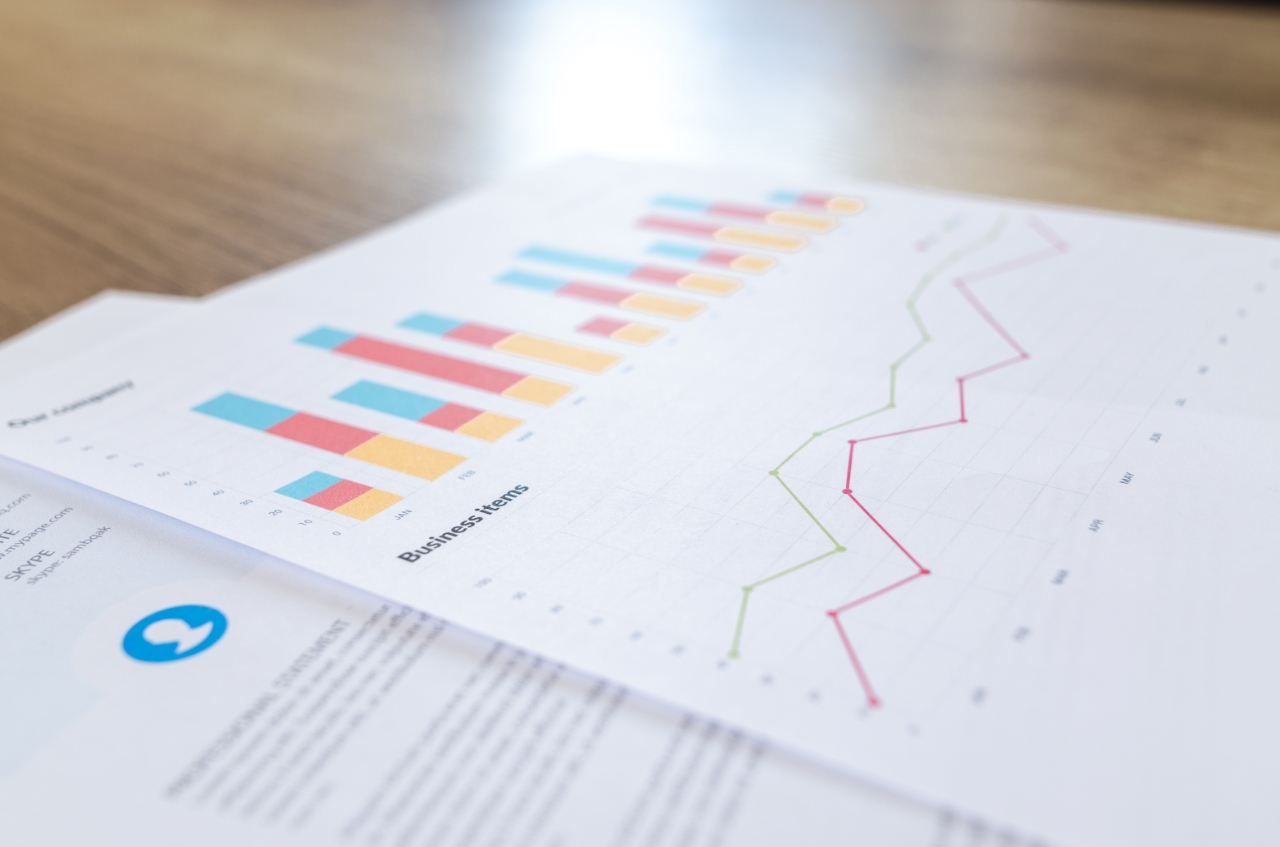Wir haben leider kein passendes Ergebnis gefunden.
Challenges of long-term brand trackers


Fresh sample, country-specific characteristics and other challenges of long-term brand trackers
Long-term brand tracking and advertising effectiveness measurement
The long-term collection of key performance indicators (KPIs) is an important foundation for measuring advertising effectiveness. Only if data is generated regularly and over several periods of time, e.g. on brand awareness, advertising recall or willingness to buy, can reliable and targeted statements be made about the actual effectiveness of advertising measures and thus approaches for improvement and optimization be derived. The advantage of continuous tracking, as opposed to one-off cross-sectional surveys, is that it is possible to see exactly from when a campaign starts to have an effect, how long it lasts, how strong the effect is, over which KPIs it is distributed and how the indicators change over the long term across various campaigns. This enables direct, regular feedback for media planning, which in turn enables a more targeted use of the budget for proven particularly effective campaign types (e.g. branding vs. content) or advertising channels in the future. With such long-term brand tracking, we faced the challenge last year of transferring a concept designed for the German market to Austria, as the client wanted to enter a competitive environment already established there.
Challenges with long-term surveys
The German tracking had been running for about 1.5 years at that time and over this period of time more than 15,000 people had already been interviewed. It is recommended for such projects that "fresh" participants are always interviewed who have not yet come into contact with the survey and thus have not yet been made artificially more attentive to the brand and its advertising by the tracking. If the same people are interviewed one after the other in too short periods of time, there is a risk of a "positive" distortion of the results and this leads in the worst case to wrong conclusions and measures. It is therefore essential to exclude previous participants at least for several months or, ideally, to always use new persons. In Germany, changing the online panel provider was the solution to the problem that due to the large number of survey participants, no new participants could be delivered after one year.
Differences in brand tracking in Austria vs. Germany
In Austria, however, there was the difficulty that in comparison to Germany, there are generally far fewer participants available for online surveys and we therefore had to work with a smaller number of cases per survey wave and use the time of the surveys more specifically. Thus, in comparison to Germany, we did not carry out monthly surveys, but instead carried out a zero measurement before the start of the campaign and two measurements at some distance in order to determine the differences and to be able to assess the sustainability of the campaign impact. In this way, we also obtained valid data in Austria, which provided consistent results over several waves. With this method it was therefore also possible to measure the impact of the first advertising campaign in Austria on the selected brand KPIs without any problems. With this entry, plans for further media use in Austria can be made directly. Based on this first, more intensive survey, we can also set up a long-term and regular brand tracking with the smaller number of participants in Austria and then compare these results with the initial data.
In the course of the survey, we also found that there were no major, fundamental differences in respondent behavior between the two countries. Of course, there were, for example, country-specific differences in the degree of awareness of the respective brands, but the brand images were perceived relatively similarly and the points of criticism and reasons for rejection were often the same.

Thomas Pfab
At Facit Digital, Thomas specializes in quantitative market research and data analysis. Among other things, he is responsible for long-term brand tracking and advertising effectiveness measurements. He helps his clients to take the right measures for their respective target groups by identifying their needs and attitudes.